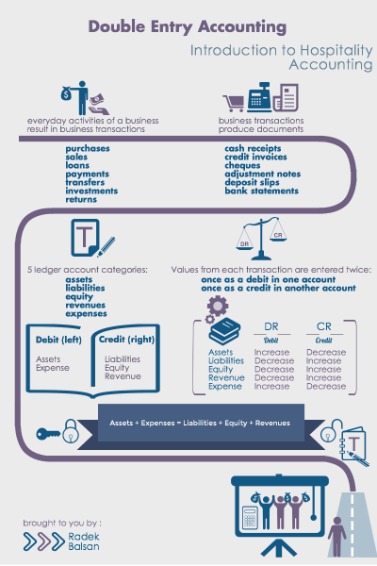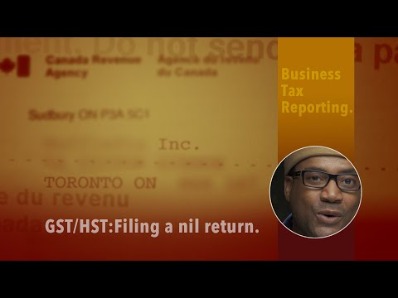
Prior to reconciliation, a company should make sure all transactions have been recorded up to the end of the bank statement. Especially if the accounting department has to chase paperwork and approvals. Ideally, an AP department should reconcile the bank account every time a statement is received. It’s recommended a business with a high number of cash transactions reconcile more frequently to avoid mistakes. Compare your personal transaction records to your most recent bank statement.
The more frequently you do a bank reconciliation, the easier it is to catch any errors. Many companies may choose to do additional bank reconciliations in situations that involve large sums of money or that show unusual financial activity. This can include large payments and deposits or notifications of suspicious activity from your bank. In these situations, it’s a good idea to perform an immediate reconciliation. By comparing your company’s internal accounting records to your bank statement balance, you can confirm that your records are accurate and analyze the reasons behind any potential discrepancies. Sometimes your current bank account balance is not a true representation of cash available to you, especially if you have transactions that have not prorated definition and meaning settled yet.
Bank Reconciliation: Definition, Example, and Process
- This is where your accounting software can help you reconcile and keep track of outstanding checks and deposits.
- This process involves matching the amounts and dates of each transaction to ensure that they are consistent across both sets of records.
- Regardless of how you do it, reconciling your bank account can be a priceless tool in your personal finance arsenal.
- Taking the time to perform a bank reconciliation can help you manage your finances and keep accurate records.
- However, there may be a situation where the bank credits your business account only when the checks are actually realised.
Ideally, you should run a reconciliation each time current and noncurrent assets you receive the statement from your bank. The bank may send you a bank statement at the end of each month, each week, or, if your business has a large number of transactions, they may even send one at the end of each day. There are times when the bank may charge a fee for maintaining your account, which will typically be deducted automatically from your account. Therefore, when preparing a bank reconciliation statement you must account for any fees deducted from your account. Such errors are committed while recording the transactions in the cash book, so the balance as per the cash book will differ from the passbook. At times, your customers may directly deposit funds into your business’ bank account, but your business will not notified about this the bank statement is received.

Step 3. Compare Withdrawals
If there’s a discrepancy between your accounts and the bank’s records that you can’t explain any other way, it may be time to speak to someone at the bank. There will be very few bank-only transactions to be aware of, and they’re often grouped together at the bottom of your bank statement. However, sometimes there are differences between the two balances and so you’ll need to identify the underlying reasons for such differences. This means that the company’s bank balance is greater than the balance reflected in the cash book. Not-sufficient funds (NSF) refers to a situation when your bank does not honour a check, because the current account, on which the check is drawn, has insufficient funds. With that information, you can now adjust both the balance from your bank and the balance from your books so that each reflects how much money you actually have.
When your business issues a check to suppliers or creditors, these amounts are immediately recorded on the credit side of your cash book. However, there might be a situation where the receiving entity may not present the checks issued by your business to the bank for immediate payment. Whereas, credit balance as the cash book indicates an overdraft or the excess amount withdrawn from your bank account over the amount deposited. This is also known as an unfavorable balance as per the cash book or an unfavorable balance as per the passbook. The debit balance as per the cash book refers to the deposits held in the bank, and is the credit balance as per the passbook.
Free Monthly Financial Reporting Template for CFOs
We offer reconciliation reports, discrepancy identification, and live accountants to work with for ease and confidence when closing your books. Cash management software can integrate with many data sources, ensuring consistency in data requirements and quality. At the bottom of your spreadsheet for February, add this note, tracking changes to your balance. Michelle Payne has 15 years of experience as a Certified Public Accountant with a strong background in audit, tax, and consulting services. She has more than five years of experience working with non-profit organizations in a finance capacity.
Deposits in Transit
Once you’ve identified all the items that align between the two records, it’s time to account for any discrepancies. These may include deposits in transit, outstanding checks, bank fees, or miscalculations by the bank or the internal accounting team. Remember that transactions that aren’t accounted for in your bank statement won’t be as obvious as bank-only transactions. This is where your accounting software can help you reconcile and keep track of outstanding checks and deposits.
These charges won’t be recorded by your business until your bank provides subtotal definition and usage examples you with the bank statement at the end of every month. This helps you ensure that all financial records are accurate and up-to-date, facilitating quicker decision-making and issue resolution. We’ll go over each step of the bank reconciliation process in more detail, but first—are your books up to date? If you’ve fallen behind on your bookkeeping, use our catch up bookkeeping guide to get back on track (or hire us to do your catch up bookkeeping for you). Any credit cards, PayPal accounts, or other accounts with business transactions should be reconciled.

Write a Comment